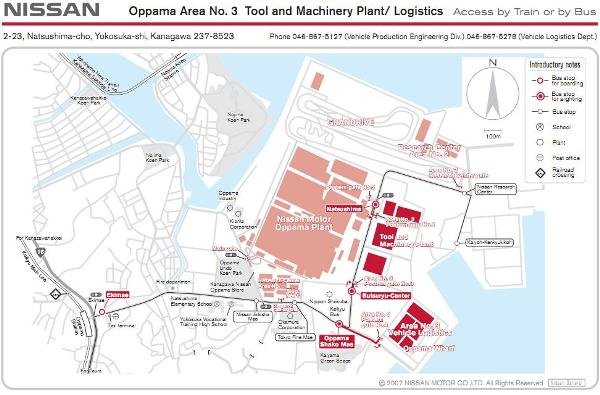Nissan and others move production to weekends to better balance electricity use
“Setsuden” is the current Japanese movement. Energy conservation in the wake of the earthquake/tsunami is being felt at all levels of Japanese life – from producing televisions, audio components, computers and cars to day-to-day living by the millions that make up the island country. We must admit that we admire the commitment of the Japanese as a people. Some have been hospitalized for dehydration and heat stroke due to over-zealousness by individuals in trying to do their part. We don’t see any danger of this in the U.S. should we be so stricken.
The Japanese government has mandated a 15 percent reduction in electricity use by major companies, shopping malls and universities. The power restriction does not apply to households, but as noted, many are trying to contribute at home as well. Nissan is looking at what steps can be taken to reduce power use further if electricity use is restricted by up to 25 percent compared to what they used last year. While current vehicle production is moved to the weekend starting on Saturday, Thursday and Friday become the new weekend for those workers. Another tactic will be to shift some production to night shifts to be able to use power when it is available. Looking at ways to make up for lost production, some automakers are using their own power generators which can generate 20 to 25 percent of a plants energy needs. Nissan’s Zama plant, which produces batteries for the LEAF, is working overtime. This means energy use must be cut elsewhere to meet the government power use reduction mandate – think office workers in less air conditioned offices.
While many readers will recall that LEAF maximum production capacity out of Japan is 50,000 units annually, just the Oppama plant where LEAF is made has an annual production capacity of 430,000 units. This is an astounding 1,178 vehicles per day based on a 365 day year. But it sounds like Japanese automotive plants normally operate only five days per week. Running those numbers, it becomes an even more amazing 1,653 units – each day. After seeing these numbers we’re getting a better understanding of the size of the Oppama plant on that map up above.

